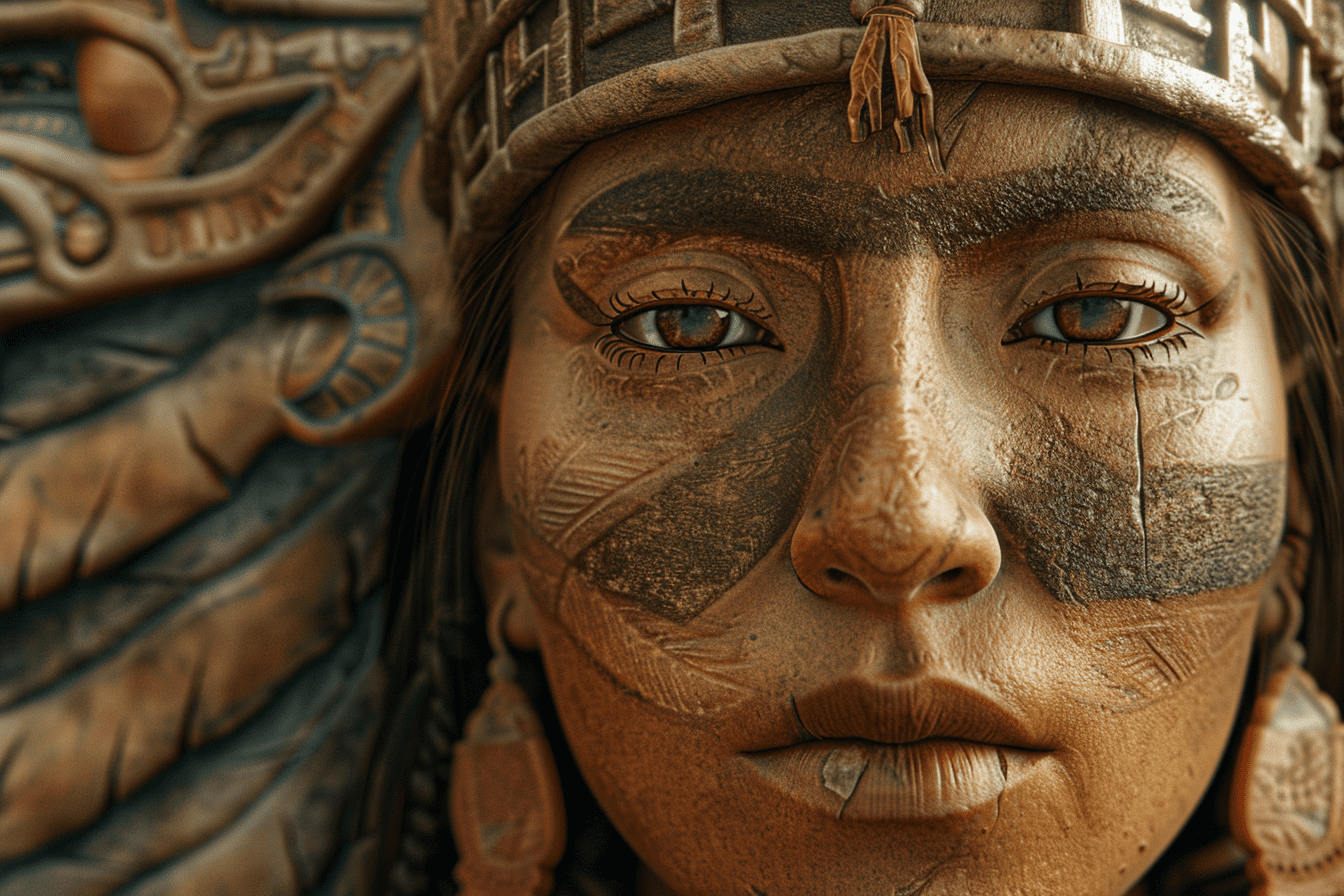Ix Chel, a pivotal deity in the Maya pantheon, is often associated with fertility, childbirth, medicine, and weaving. Her mythology and origins are deeply embedded in Maya creation myths, where she is depicted as a powerful entity with a dual nature—both nurturing and destructive. According to these myths, Ix Chel, sometimes considered the wife of the sun god, Kinich Ahau, plays a crucial role in the cycle of life and death, embodying the paradox of creation and destruction.
Mythology
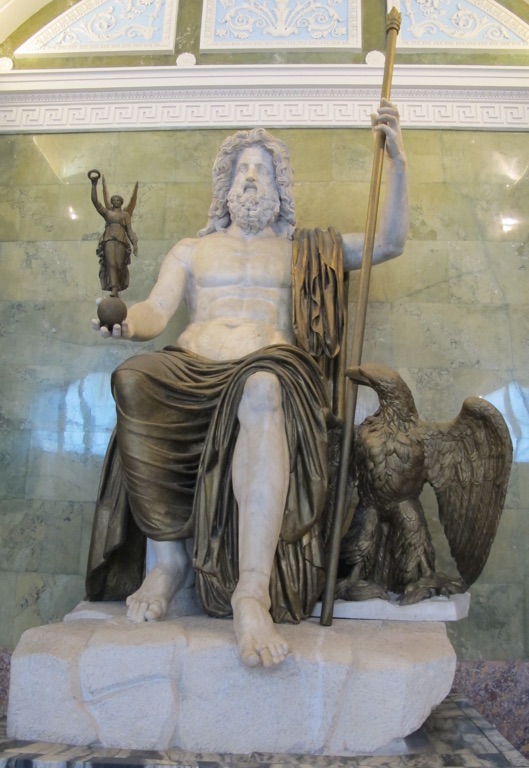
The Role of Mythology in Ancient Civilizations
Mythology has played a pivotal role in shaping the cultures and societies of ancient civilizations. These mythological narratives were not only sources of entertainment but also served as educational tools, imparting moral lessons and values to their audiences. In ancient Greece, for instance, the epic tales of Homer’s “Iliad” and “Odyssey” were more than just stories; they were integral to the education system, teaching virtues such as honor, bravery, and respect for the gods. Similarly, in ancient Egypt, the myth of Osiris, Isis, and Horus was not only a story about the cycle of life and death but also a foundational myth that reinforced the legitimacy of the pharaoh’s rule and the moral codes of society.
Mythology and Religious Practices
The intertwining of mythology with religious practices is evident across various cultures. In ancient Rome, festivals and ceremonies were often dedicated to gods and goddesses, with rituals designed to appease these divine beings and ensure their favor. The Vestal Virgins, for example, were priestesses of Vesta, the goddess of the hearth, and their role was crucial in maintaining the sacred fire, which was believed to be vital for the prosperity of Rome. In Norse mythology, rituals and sacrifices to gods like Odin and Thor were common practices, believed to ensure victory in battle and prosperity in life.
Mythological Creatures and Their Symbolism
Mythological creatures often symbolize human fears, desires, and natural phenomena. The Sphinx in Egyptian mythology, with the body of a lion and the head of a human, represents the power of the pharaoh, combining human intelligence with the strength of a lion. In Greek mythology, the Chimera, a fire-breathing monster with the body of a lion, the head of a goat, and the tail of a serpent, symbolizes the chaos and danger of the unknown. These creatures, while fantastical, served as metaphors for the challenges and mysteries that ancient peoples faced in their daily lives.
The Enduring Legacy of Mythology
The influence of ancient mythologies extends far beyond their original contexts, permeating modern literature, art, and media. Characters and themes from Greek, Egyptian, Norse, and Roman myths have found new life in contemporary books, movies, and video games, demonstrating the timeless appeal of these stories. The hero’s journey, a narrative structure found in many myths, has become a foundational concept in storytelling, influencing countless works of fiction. The enduring legacy of mythology underscores its universal relevance, reflecting the shared human experience across time and culture.
In conclusion, mythology is a testament to the creativity and imagination of ancient civilizations, offering insights into their beliefs, values, and fears. These stories, with their gods, heroes, and mythical creatures, continue to captivate and inspire, reminding us of the power of narrative to shape and reflect the human condition.
Mythology and Religion
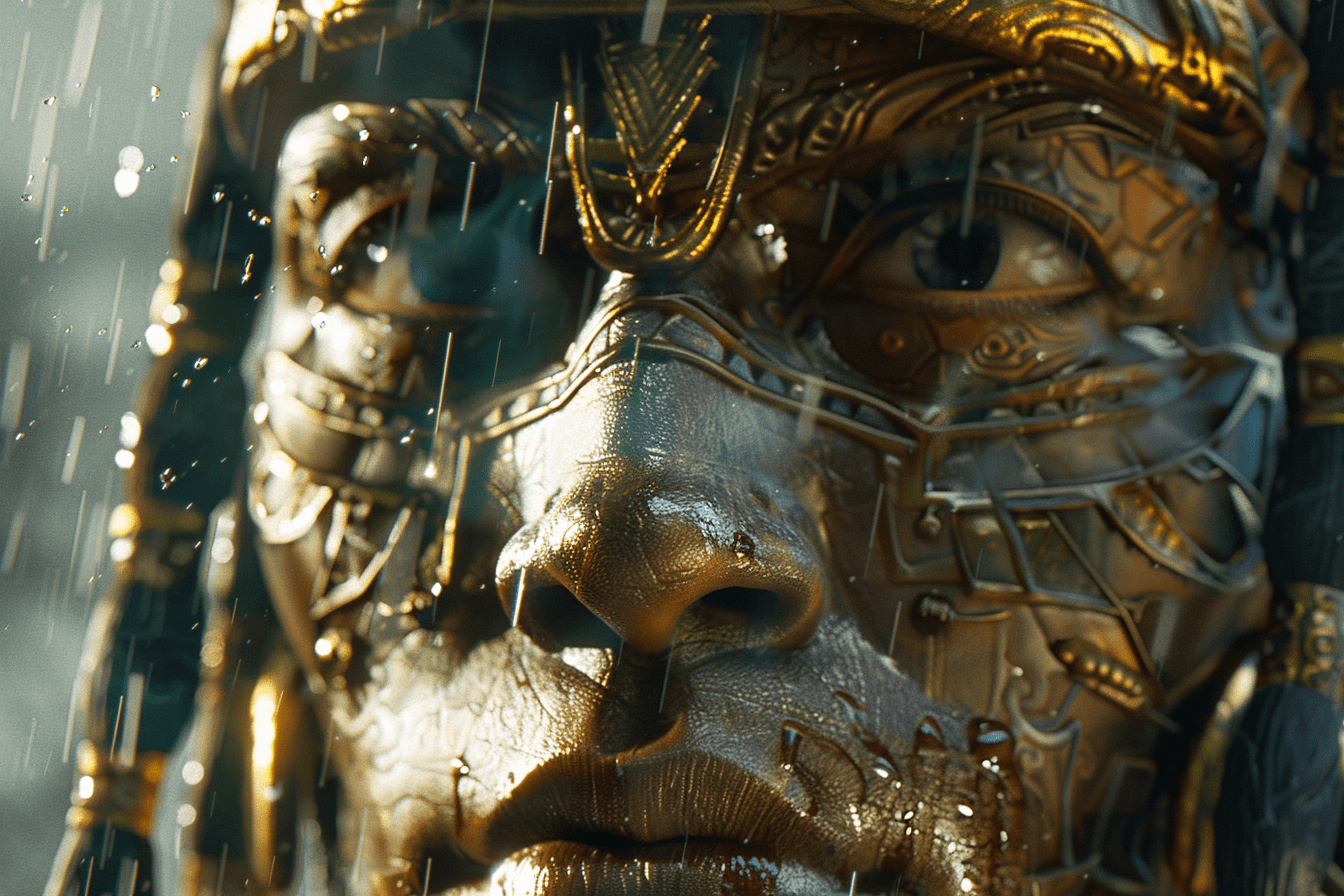
Chaac
Chaac is a pivotal deity in the pantheon of the ancient Maya civilization, revered as the god of rain, lightning, and thunder. His significance is deeply rooted in the agricultural society of the Maya, where water was a crucial resource for survival and prosperity. Chaac’s role extended beyond mere meteorological phenomena; he was a guardian of fertility and growth, embodying the life-giving aspects of water.
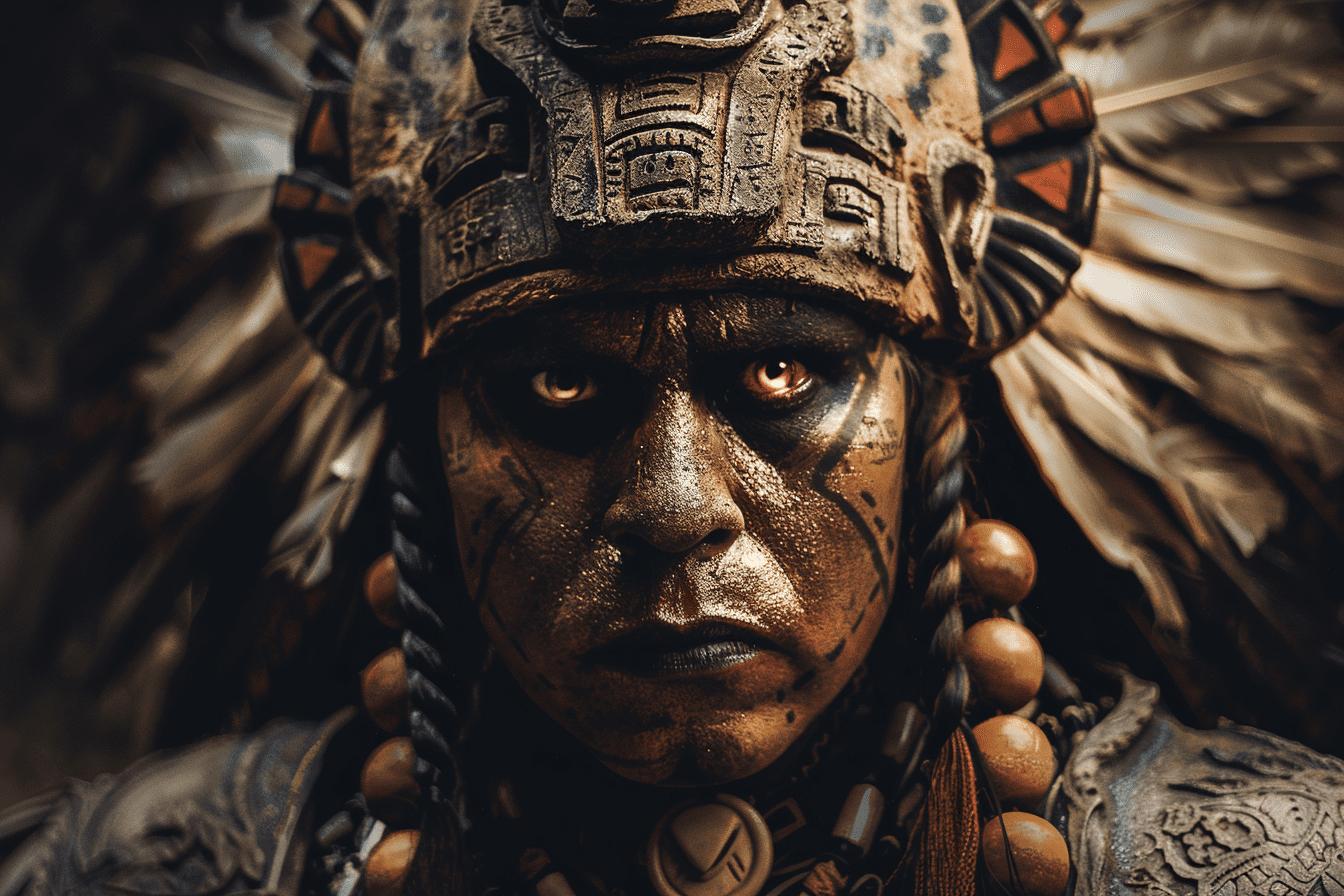
Supay: The Inca God of the Underworld
In the pantheon of Inca deities, Supay holds a distinctive place as the god of the underworld, also known as Uku Pacha. This realm was not only a place of the dead but also a domain of untapped resources and potential, embodying both fear and reverence in the Inca civilization. Supay’s role extended beyond the mere guardianship of the afterlife; he was also associated with minerals and the unseen forces within the earth, making him a complex figure within Inca mythology.
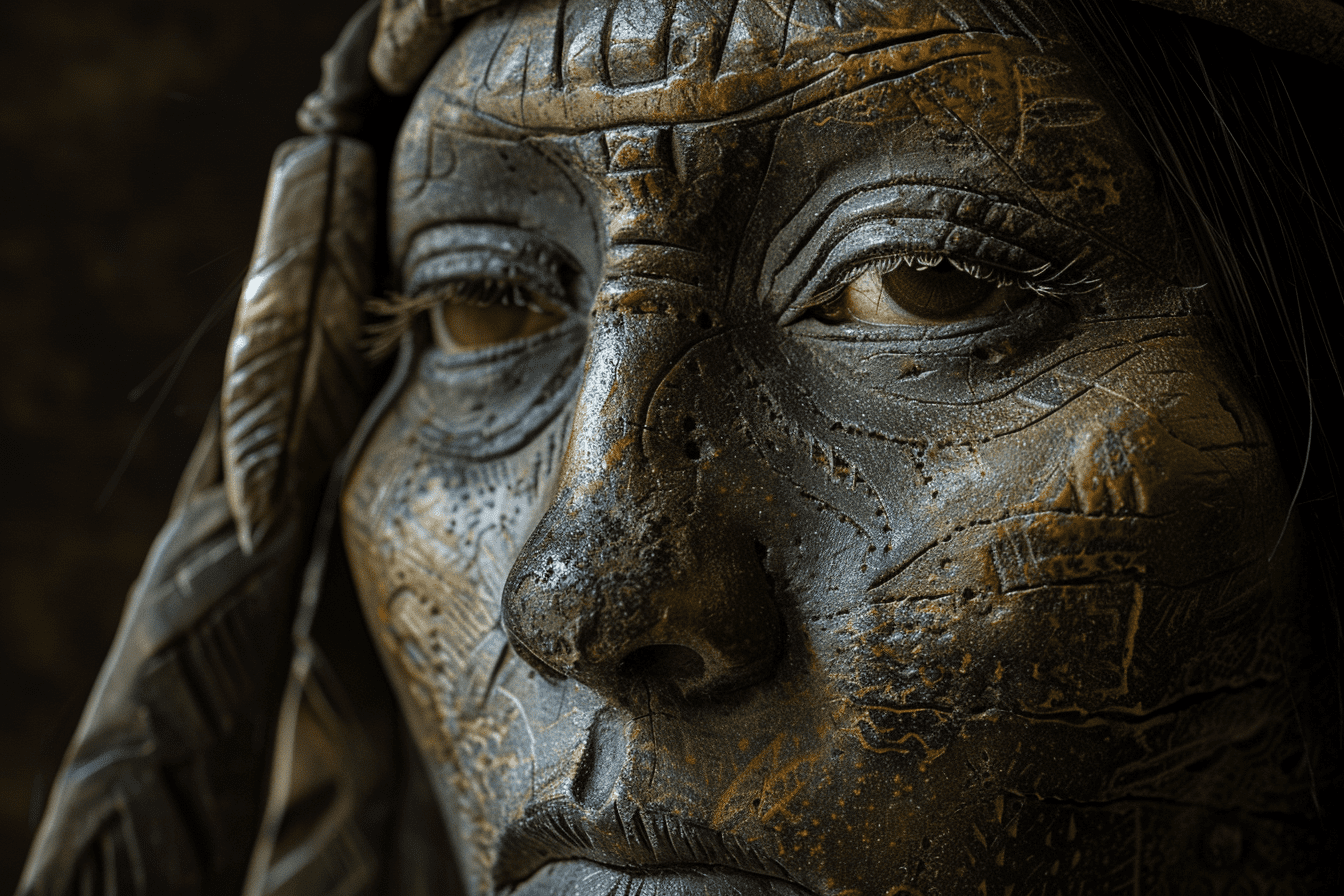
Mama Quilla: The Inca Moon Goddess
Mama Quilla, revered in the pantheon of Inca deities, holds a significant place as the Goddess of the Moon. She embodies the celestial embodiment of femininity, fertility, and time. As a pivotal figure in Inca mythology, Mama Quilla’s influence extends beyond the heavens, deeply intertwining with the daily lives and spiritual practices of the Inca civilization.
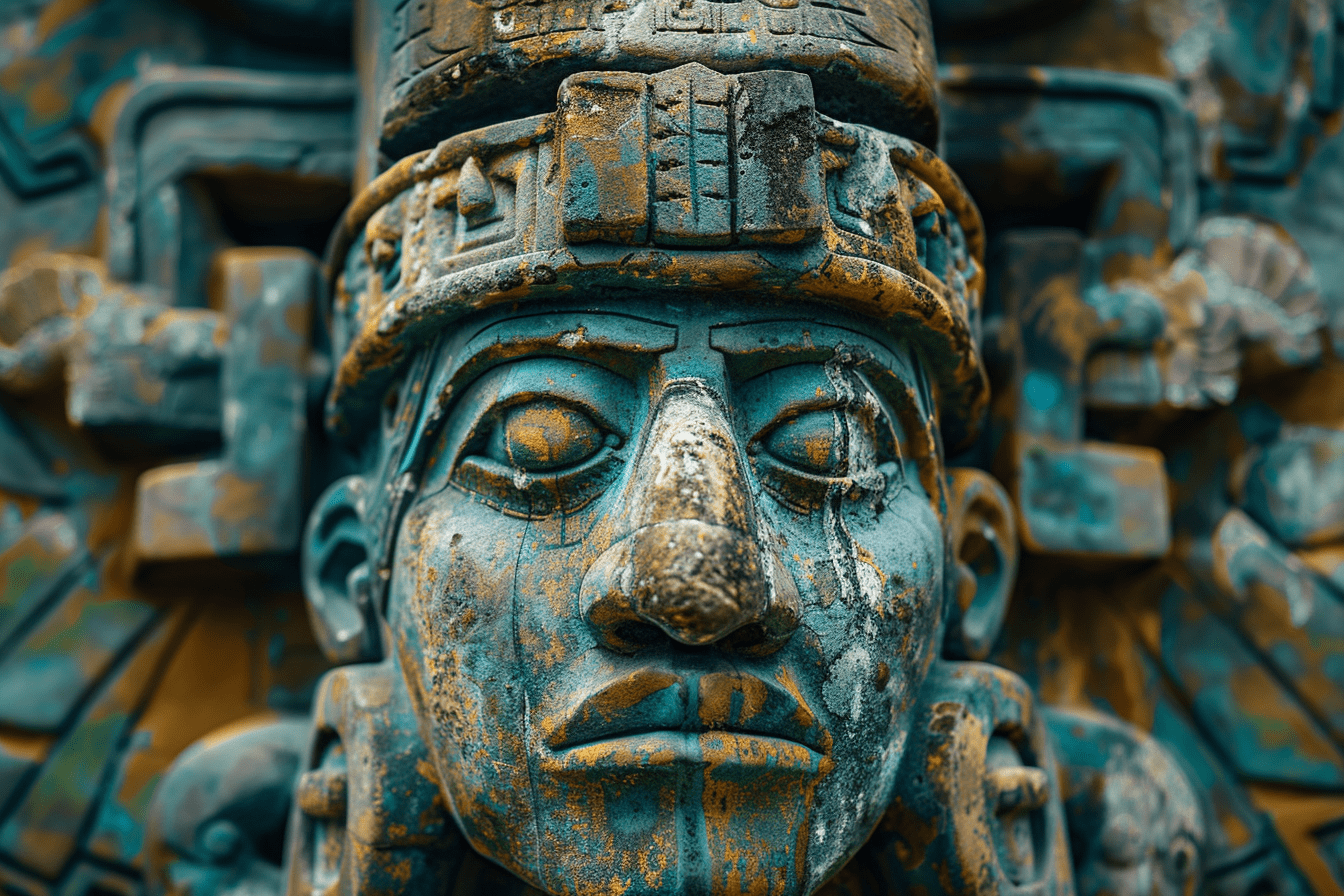
Illapa: The Inca God of Thunder
Illapa, revered in the pantheon of Inca deities, holds a significant place as the god of thunder, lightning, and rain. This deity, also known as Apu Illapu, Ilyap’a, or Illapa, was integral to the agricultural cycles and water management systems that were central to the Inca civilization, one of the most sophisticated societies in ancient South America. The Incas, with their capital in Cusco, worshipped a pantheon of gods, among which Illapa was particularly venerated for his control over the vital elements of weather, crucial for crop growth and water resources.
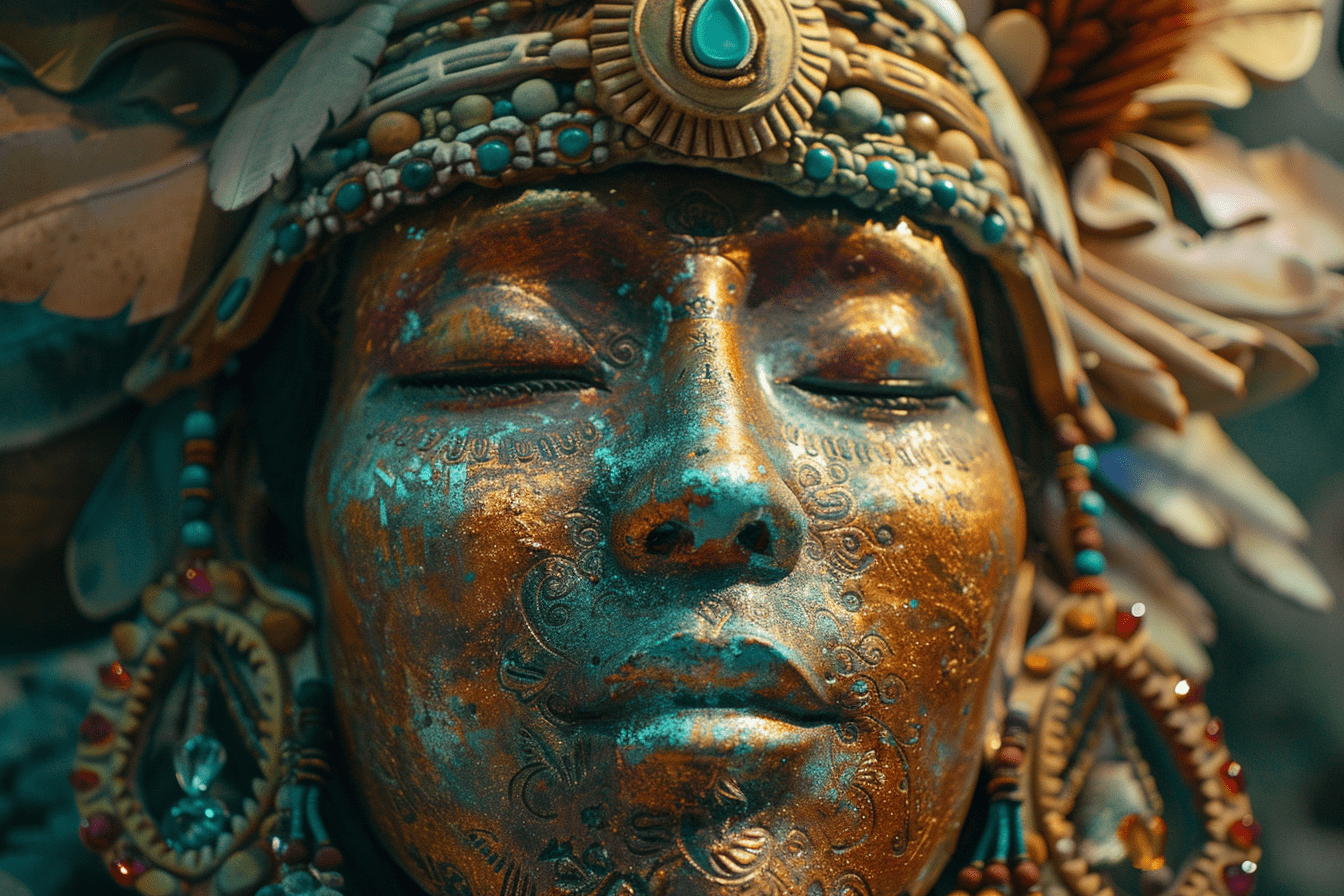
Pachamama: The Earth Mother Goddess
Pachamama, revered as the Earth Mother Goddess, holds a central place in the pantheon of Inca deities. Symbolizing fertility, agriculture, and the nurturing aspects of nature, Pachamama is a testament to the Inca civilization’s deep connection with the earth and its cycles. This goddess embodies the mountains, soil, and all elements that foster life, making her worship integral to the Inca’s agricultural practices and their understanding of the natural world.

